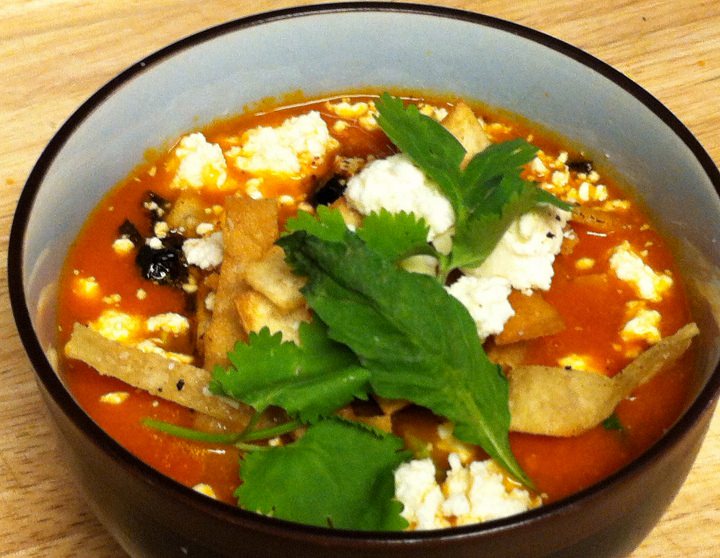Flavor For A Grateful Palate
Salty Sweet Sour Bitter Umami Spicy Astringent Pungent
We once believed the human palate could only discern four basic flavors: salt, sweet, bitter, and sour. Now we know better, there are at least five flavors and arguably more.
We also thought that each of the four flavors were picked up or interpreted on a different part of the palate. New research, however, is suggesting that these flavors are picked up all over, rather than just one area.
An Educated Palate Is A Grateful Palate
Flavors and textures in food work in harmony with each other to bring out the best possible combinations.
Salt inhibits disagreeable flavors while enhancing agreeable flavors. It provides balance between fat and acid.
Fat contributes to mouth-feel and the feeling of satiety, feeling full and satisfied. It provides balance between salt and acid.
Acid helps to cleanse your palate and get it ready for the next bite. It provides balance between fat and salt.
An example of this is lemon cumin vinaigrette. It has 4 simple ingredients; toasted cumin seeds, fresh lemon juice, kosher salt, and extra virgin olive oil - fat, acid, and salt.
The best way to develop an grateful palate is to eat a wide range of different foods. By forcing yourself out of your comfort zone you'll eventually develop an appreciation for a much wider range of foods, so taste the world, and educate your palate.
When you finally save the money to take that lifetime dream trip to NYC and eat at one of those uber-famous multi-starred places, you'll walk away wishing it wasn't over. You develop a sense of what is and isn't good based on what you put in your mouth.
In the world of wine tasting there is a phenomenon called frame error. It occurs when someone drinks the same wine, for example, only chardonnay. After a period of time they begin to think all wine should taste that way. Then when someone hands them a glass of pinot grigio, they think it doesn't taste right. They have skewed their palate.
Frame error is coming to the wrong conclusion because the new wine was evaluated in an incorrect context. This phenomenon applies equally to food. If all you ever eat is unseasoned food or fast food you are going to find food that is seasoned properly and prepared well, disagreeable.
This can be summed up into one sentence. You must be willing to experiment with new and different foods and you must do it with an open mind.
An educated palate truly is a grateful palate, so cook live taste and enjoy.
Subjective VS Objective Taste
In addition to developing your palate, you must learn to differentiate between subjective and objective taste. We all have a subjective opinion, naturally. Developing an objective opinion requires experiencing a wide range of different foods. It is only by tasting foods you are unfamiliar with, in a focused manner, and with an open mind that you'll expand your knowledge beyond the realm of comfort.
Reaching a point where you are knowledgeable enough to have both a subjective and objective opinion about a dish is a very rewarding stage to reach. You may not like my seared rare chicken livers wrapped in sage and caul fat, but it is important to realize that it is delicious.
Tags: grateful palate, educated palate, cook live taste, taste the world





